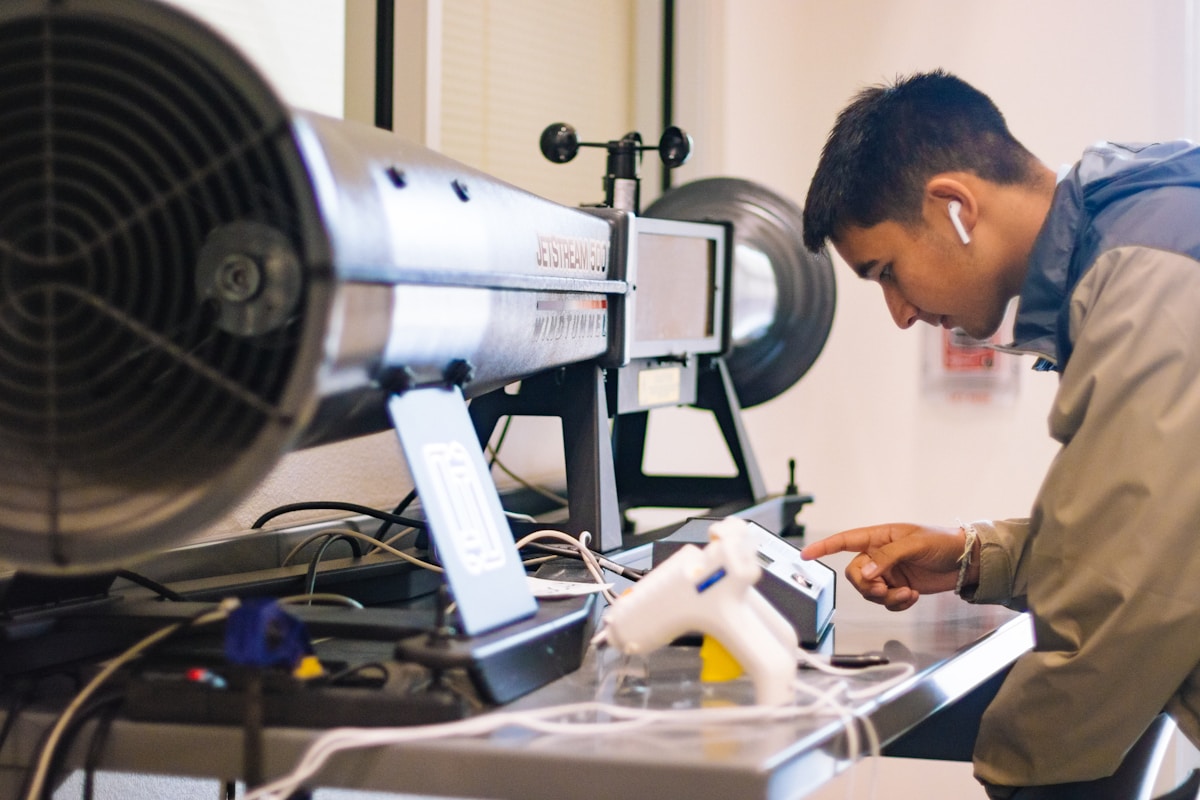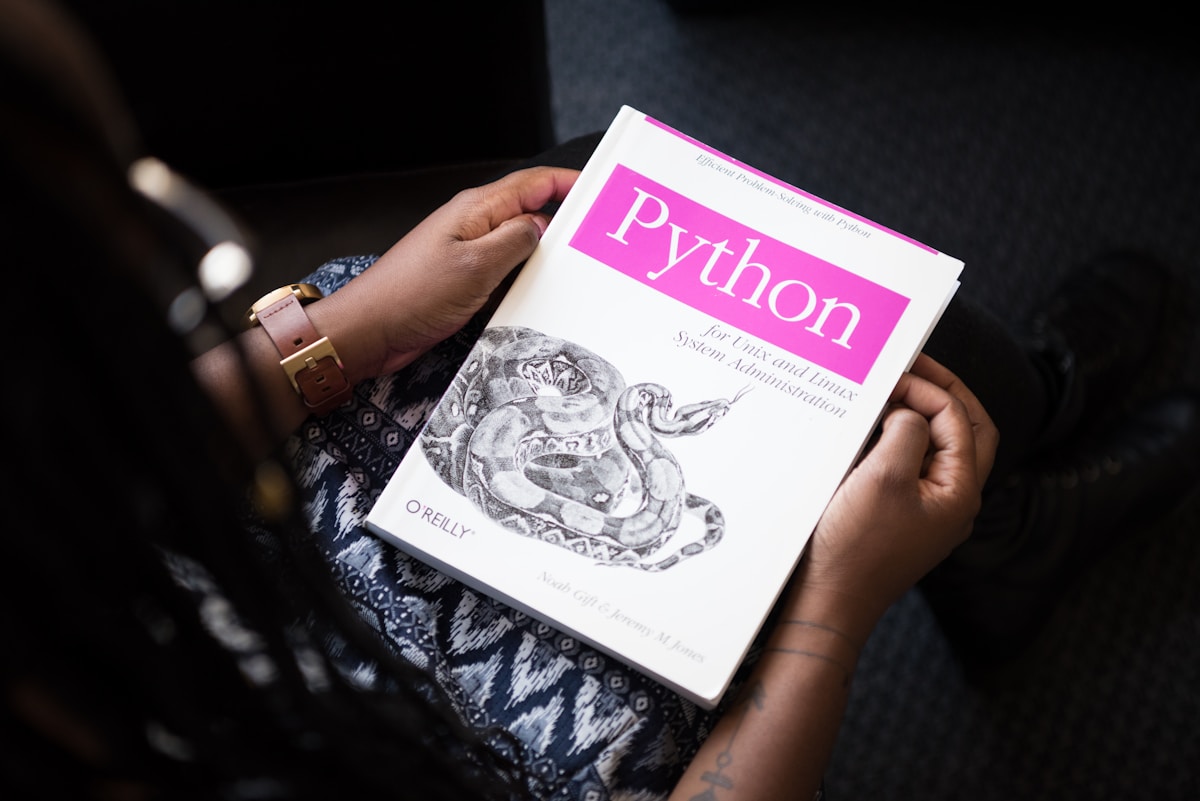4 Best Books on Artificial Intelligence and Machine Learning for the Non-TechieAr

Almost every aspect of our lives today is impacted in some way by artificial intelligence and machine learning. We know the terms, at least in passing, but very few of us understand exactly what they are, how they are connected, and how they operate.
Getting to a Simple Definition of Each
Artificial Intelligence

At its simplest, artificial intelligence (AI) involves programming a machine to operate very specific tasks. For example, a robotic vacuum is programmed to move about a house and vacuum up dirt and dust. It is programmed to “learn” the house layout and to move about that space over a period of time. And, when finished, it finds its way “home” to its recharger. Most are put on timers by the owners to engage in their “work” at a certain time of day.
Self-driving cars are another example of AI. They are programmed to perform specific functions, including such things as parallel parking.
There are two types of AI:

- Narrow AI solves a single specific problem, such as using a type of visual technology to find a tumor in a part of the body.
- General AI involves programming a machine to perform a task that may emulate a human multistep activity. These are usually “if-then” types of programming, such as that robotic vacuum, which can work in different households.
Machine Learning (ML)
Machine learning is a subset of AI. Instead of a machine being programmed to complete specific tasks, algorithms are established that allow machines to gather and use data to reach conclusions, make predictions, etc. They learn as they “absorb” more data. In the world of investment, for example, ML allows the use of historical data to make predictions when the same conditions present themselves again. ML is also used in medicine to allow diagnosing and predicting outbreaks of illness and disease, for example.
It’s difficult for non-techies to understand all of the underlying machinations of AI and ML. But there are some great books that can help.
4 Books That Are Worth the Read.

The algorithms and systems that data scientists use to develop AI and ML are the stuff of higher-level mathematics, which the average individual or business leader will never understand. This work is for Ph.D. candidates in data science, with the help of SupremeDissertations writers, as they prepare their culminating projects for that coveted degree. But the applications and the impact of these two innovations are being felt everywhere – from getting driving directions to making smarter investments or business decisions.
What the average person needs are simple explanations and real-world applications of AI and ML. And here are four books that will do just that.
- Real World AI
(Rochwerger and Pang)
This book provides not just reader-friendly explanations of AI and ML. It speaks to businesses about how AI can be used to make smart decisions, to provide more to customers, etc. There are stories of companies (start-ups through established global enterprises) and their experiences with AI. And all of this is in plain language that the non-techie can understand.
- Artificial Intelligence
(Chris Neil)
Neil’s book is barely a year old, but it has been a big hit with individuals and business leaders who want to understand AI and ML and how it continues to permeate our lives and our businesses. It certainly is not a book that a researcher would cite for a graduate school project, but for those who want to understand its uses and impacts, this is a perfect read. The book is divided into four smaller texts:
- AI for Beginners
- AI for Business
- ML for Beginners
- ML and AI
The overall thesis speaks to how humans and AI will co-exist peacefully and securely as we move forward.
- Explainable AI: Interpreting, Explaining, and Visualizing Deep Learning
(Editors: Samek, Montavon, Vedaldi, Hansen, Muller)
A series of lectures by instructors and experts in the field of AI and ML. These cover a broad range of topics, from the ability of business leaders to make faster and smarter decisions, to the risks involved when human oversight is lacking. The book looks at current discussion and debate among AI experts and looks at future development potential in this field.
The book is divided into six parts so that readers can pick and choose those sections that are most relevant to their businesses and their lives. A college undergrad in an intro computer class, seeking help with a research piece from TrustMyPaper, would be well advised to submit this as a potential resource. It provides a great general overview of the present theory and applications of AI and what the future may look like.
- The AI-First Company: How to Compete and Win with Artificial Intelligence
(Ash Fontana)
Fontana is a start-up investor whose main thesis is this: AI is no longer just for billion-dollar corporations. It is for all businesses because it now can be. It’s all about collecting valuable data and using it to make smarter predictions and decisions for competitive growth. This is a practical guide for businesses, within their budget parameters, to implement AI in all of their processes and to evaluate its effectiveness.
As Fontana states, AI is here to stay – there is no turning back. And using it ethically to work for business, people, and society will be a major “disruption” for years to come.

In the End…
The technologies behind AI and ML are for data scientists – expert innovators who develop the algorithms and the programming for their applications. Those of us who use these two do not need to understand the underlying systems. We need to understand how they work in the real world and how they impact us today and in the future. Our job as individuals and as business owners is to remain informed to make use of what the technology offers.